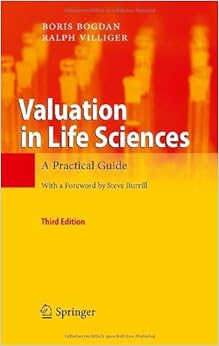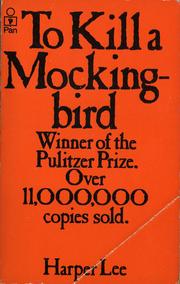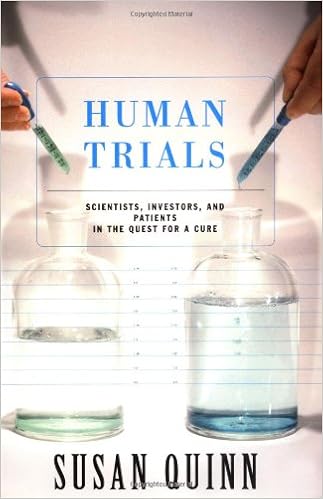Gary Corby's Athenian mystery series are very entertaining series about ancient Greece. I read all five of them and highly recommend them.
Gary Corby's portrayal of ancient Greece (~455 BC) is very interesting for educational point of view and easy to read. The series are mostly written for middle school students who are just starting to learn more about world history.
The series' main characters are fictional private investigator, Nicolaos, his wife Diotima and his young but very bright brother Socrates (probably future famous philosopher).
In this 5th episode, Nicolaos are asked by Pericles to investigate death of metic actor at the time of great Dionysia festival. Great Dionysia was a Athens art festival where famous plays by Aeschylus, Sophocles and Euripides were shown. Metics were called people who came to live in Athens but did not have a formal citizenship (and associated privileges and rights).
The story itself is kind of ridiculous, especially its ending, but this does not diminish overall quality of the story. When reading the book you are immersed in ancient Athens and learn a lot of details about peculiarities of ancient Athenians and their leaders.
posted by David Usharauli






